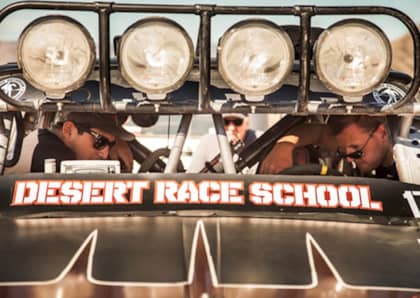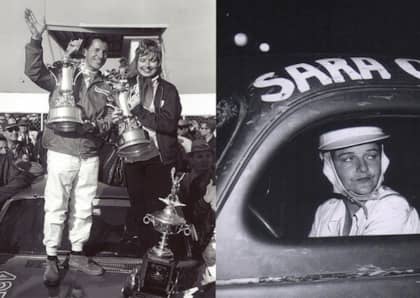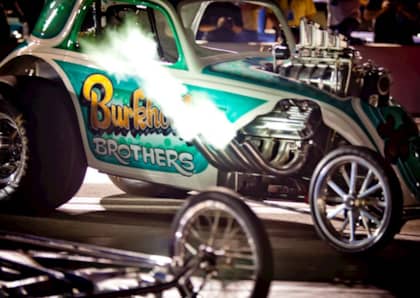VARA University: If Only College Was Like This!
In the world of vintage racing, it's been said that the “Cars are the Stars”, attracting a worldwide following as fans are now able get closer to the legendary cars than they ever could when they ran back in the day. But VARA University is something else... Put on by the Vintage Auto Racing Association, it's the one time of year where it is truly about the drivers. It is a place where would-be racers, experienced drivers and interested parties get to hone their chops for the season ahead.
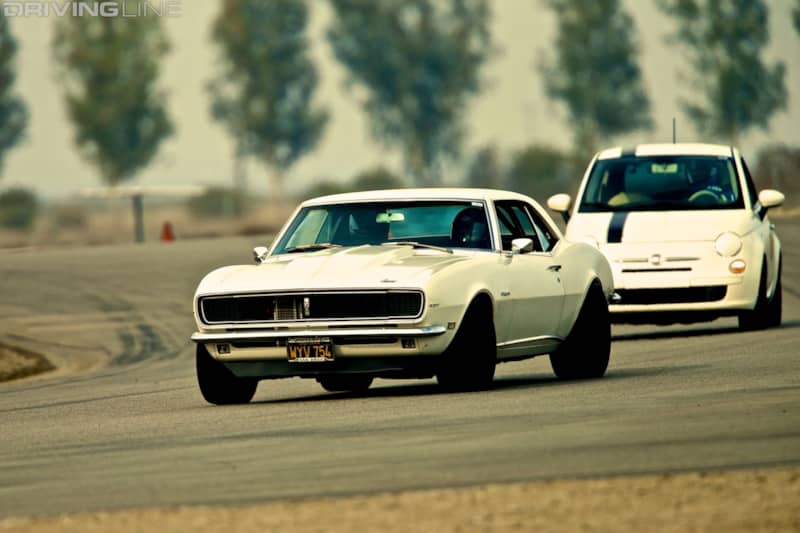
There are many opportunities to get your car on a race track. Some are better than others. The performance marques, such as Porsche, Ferrari and BMW all have clubs that sponsor track days for owners. The SCCA and NASA have great opportunities from auto crossing to track days, to full blown racing. Speed Ventures hosts track days that attract many “young exotic drivers” to get on various pieces of pavement. In all of these particular organizations, the racing is generally “all about me” as the egos and temperaments of the participants can be more hazardous than the driving itself. VARA U, as I would learn, is less about ego and more about the driving—and even less so about the car. Training the “vintage racers of tomorrow” is key, not only to the survival of the club, but to vintage racing in general.
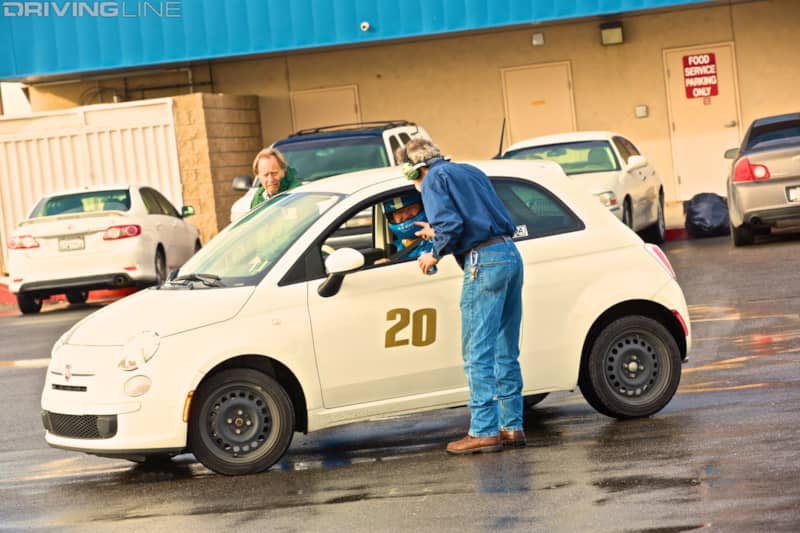
For this particular VARA weekend (this is purely a school—not necessarily a “vintage” event), participants brought everything from Formula Fords to brand new Street Porsches and everything in between. I myself elected to leave my Porsche race car at home and opted for my Street FIAT 500 POP instead. Why? Because this is not a weekend of winning anything besides a good education. The FIAT 500 (beyond the sporty ABARTH trim) is generally not allowed in competition by official sanctioning bodies. Reasoning is the center of gravity is too high and it poses a rollover risk. Would that make you think twice about taking it on track? Not me. It would be an essential learning tool.
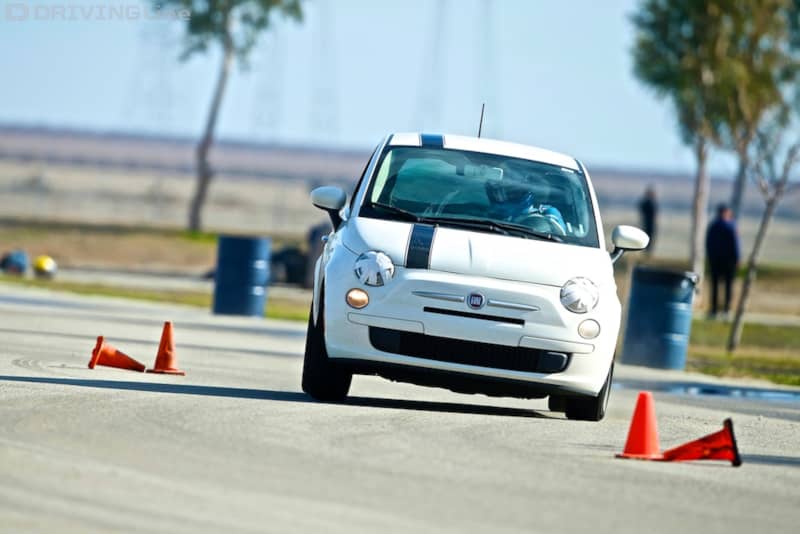
Vintage racing, for the uninitiated, is a “gentleman’s sport” of campaigning racing cars greater than 25 years old. While there are some exceptions, generally the big shows, such as the Monterey Rolex Reunion and Goodwood Revival are stringent about the age—and provenance of the cars. In other words, they must be certified cars (not replicas) that ran in professional series, with professional drivers back in the day. Other larger clubs, such as the Sportscar Vintage Racing Association and the FIA Masters, have Gold Medallion Programs to certify such cars. This does not make vintage racing a purely exclusive pursuit, however. Hey, if you can afford a factory McLaren M8, cool! Bring it out. One, for example, is my race prepared Porsche 968 that gives me—and spectators—plenty of satisfaction.
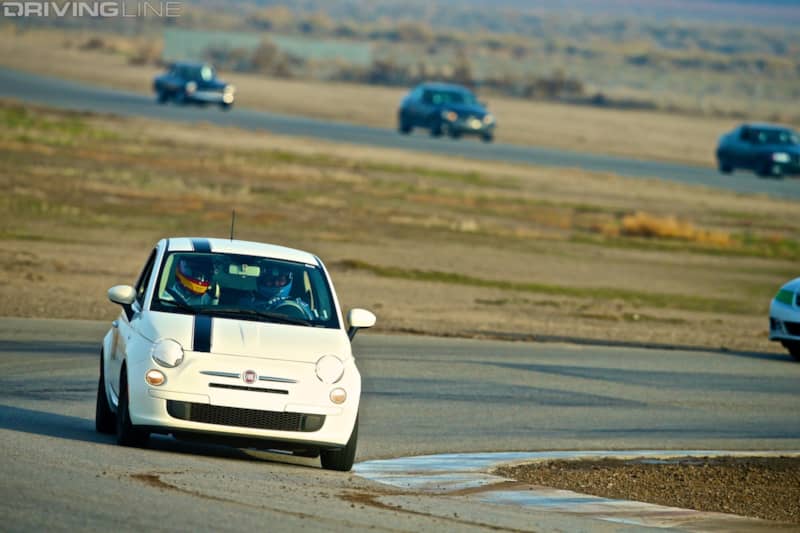
To prepare for a weekend at VARA U, it can be as simple and as complicated as you want. Generally the idea is to have the car prepared, before it leaves home. Considering my particular vehicle for the weekend was also my local transportation, my transporter and my ride home, some of the “race ready” things needed to be done at the track. I was also driver and crew. Running on the street for example, your tires are usually filled at close to the max PSI. On track, you want softer tires for more grip—that requires running lower tire pressures. Bringing along an eleven gallon portable compressed air tank and pressure gauge made it easy to adjust tire pressures—and fill the tires back up for the long ride home after the weekend.
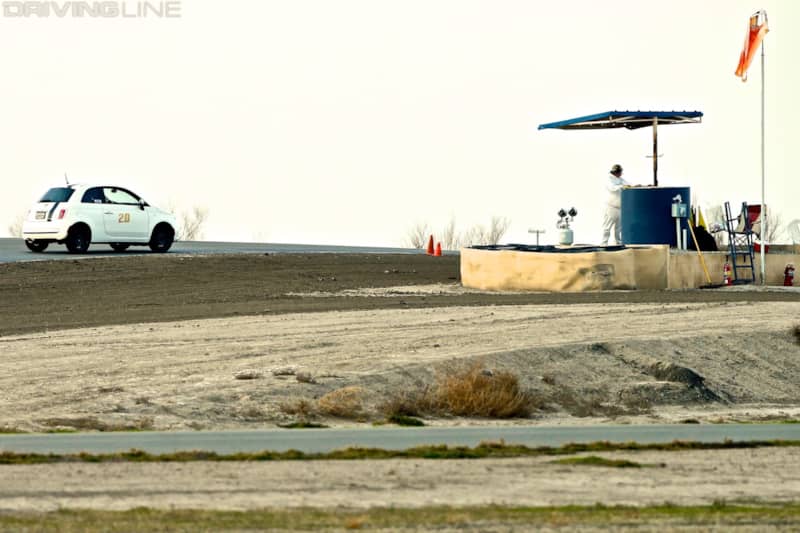
Once settled in and registered, I am assigned to a group. In my case it is an intermediate group with a focus on growing experience. Most of this particular group brought street machines, but there were also race cars. Other groups were full race cars with experienced pilots honing their craft, and a beginner group that used both street and race cars. The instructors are all racers themselves, certified by VARA. They were friendly and knowledgeable. The instruction was both in the classroom, and for those with two seats, a ride-along instructor who gave pointers and critique throughout each on-track session. The first stop was a skid pad—with large runoff area to test the handling of each of the cars. Each driver was instructed to drive in a circle, alternating on the throttle and wheel to develop a feel for what the car would do under hard cornering conditions. From there it was onto a autocross-like slalom course, where the lesson was to keep your “eyes up” and be anticipating what is ahead, while executing the immediate.
In my case, during the two days, I went from understeering and sliding through every corner, to turning in later and carrying momentum into the next section. From screeching tires to smooth speed. Having the instructors in both the classroom during debriefs and in the car during on track sessions proved priceless. This was my goal from the very beginning—to learn smooth speed and momentum. As I would learn, it really came down to the line you chose through each corner. As it was explained, “each corner has three parts: a turn in, an apex and an exit. The goal is to be in the right gear and have done your braking by the turn in, then gradually accelerate and straighten to the apex and carry speed and accelerate to the exit. Serious physics—and clear hand (and feet)-to-eye coordination are key to success in finding the fast line.
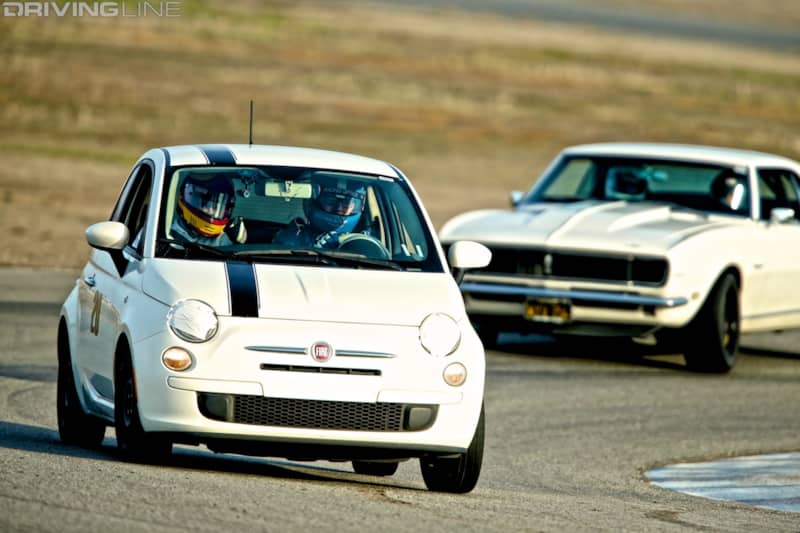
In all, by the final session, I was feeling confident and fast—despite the obvious detriments of a FIAT 500 POP. Now I cannot wait to get back in the Porsche and practice my newfound knowledge!




